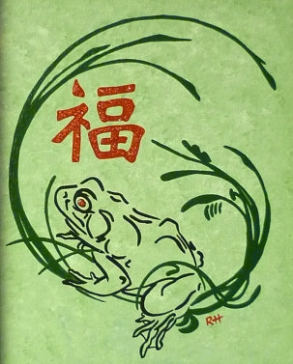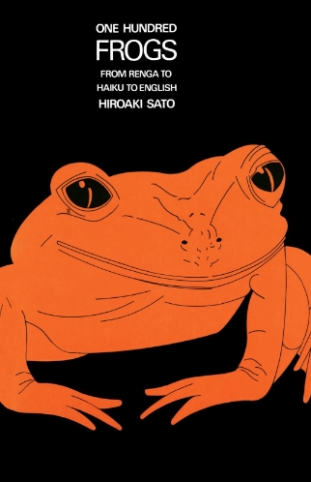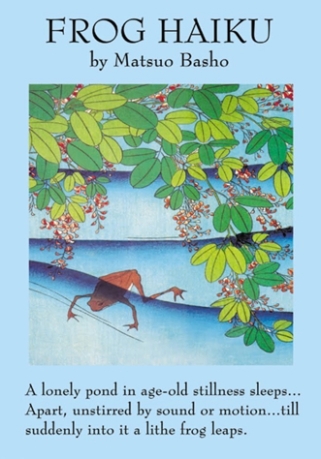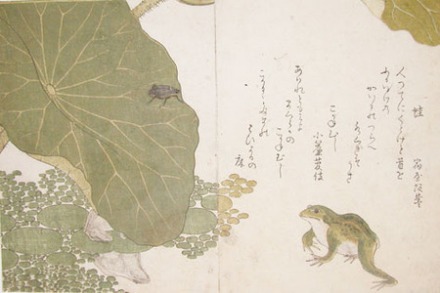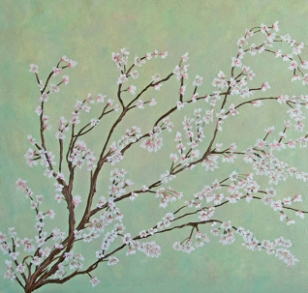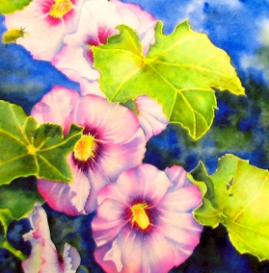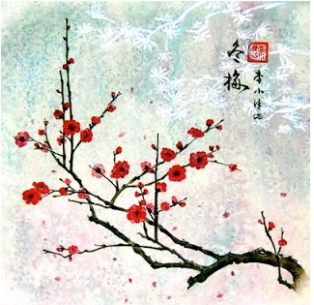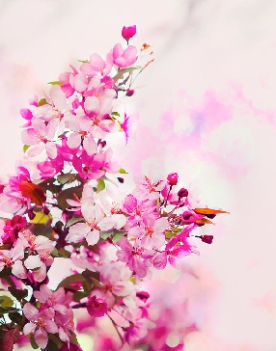
FRIGHTENING THINGS
by David Mura
After wandering years
Basho returned
to gaze at his umbilical cord
pickled in a jar. Plopped
in brine years ago
like the frog in the pond
in his famous haiku.
Of course
fame meant nothing
to him. He stood
in the blazing rain
in his family graveyard
and as a crow squawked overhead
the stones proclaimed him
the last of his line. He
kept feeling inside his
straw raincoat for a missing
limb or the hole where
the wind and rain
flew in. I’ll get drunk
tonight, he thought,
and his eyelashes glistened
as he trudged back
to his hermit’s hut
to gaze again at the jar.
SOURCE: “Frightening Things” appears in David Mura‘s collection The Last Incantations: Poems (TriQuarterly Books, 2014), available at Amazon.com.
ART: “Portrait of Matsuo Basho” by Katsushika Hokusai
ABOUT THE AUTHOR: David Mura is a writer, memoirist, poet, and performance artist whose work has won critical praise and numerous awards. He gives presentations at educational institutions, businesses and other organizations throughout the country. His books include The Last Incantations: Poems (Triquarterly Books, 2014), Turning Japanese (1991), Where the Body Meets Memory (1996), After We Lost Our Way (1989), The Colors of Desire (1995), Angels for the Burning (2004), and Song for Uncle Tom, Tonto & Mr. Moto (2002). Visit the author at davidmura.com.


